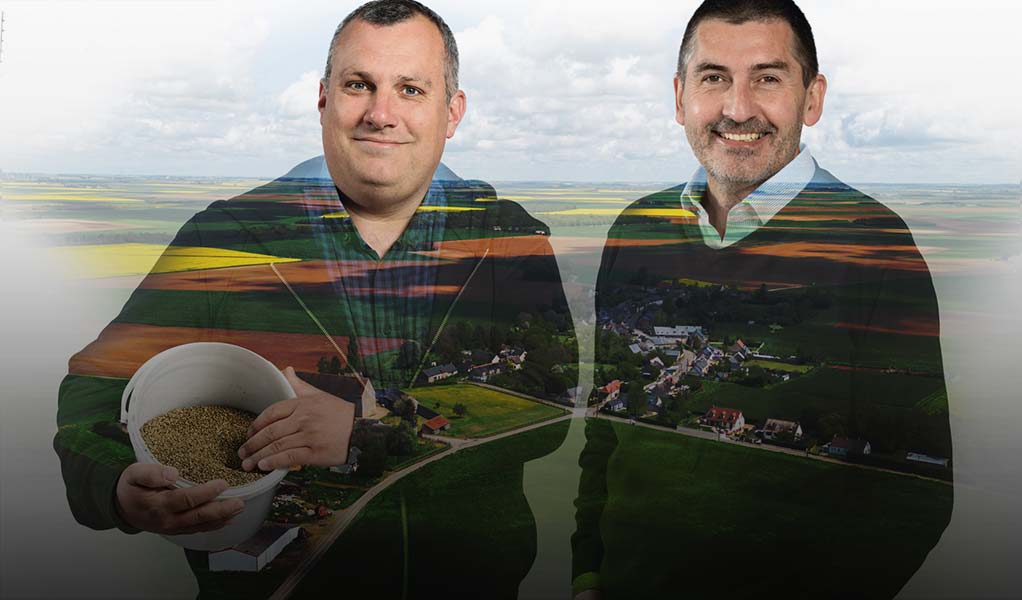LA FILIÈRE
CHANVRE
INDUSTRIEL FRANÇAISE
InterChanvre, interprofession et unique organisation représentative de la filière du chanvre industriel en France, œuvre à promouvoir les performances techniques, les avantages écologiques et les atouts économiques du chanvre et de sa culture, tout en soutenant la recherche scientifique.
DÉCOUVRIR


Le chanvre est l’une des premières plantes domestiquées et probablement la plus polyvalente connue de l’humanité. C’est une plante exceptionnelle et résiliente capable de répondre à des besoins comme se nourrir, se loger, se vêtir et plus encore.
Le chanvre


UTILISER



Les acteurs de la filière du chanvre industriel française cultivent la plante et transforment ses graines ainsi que sa paille afin de diversifier l’utilisation du chanvre, notamment dans l’alimentation humaine et animale, le textile, la construction, la plasturgie, la papeterie, les cosmétiques, le jardinage, etc. Le chanvre fait l’objet de nombreuses recherches visant à développer des marchés à forte valeur ajoutée.

du chanvre industriel

BÉNÉFICES
Zéro
Pesticide
Zéro
Irrigation
Puits
Carbone

CULTURE
La culture du chanvre est réalisée sans traitements phytosanitaires, sans irrigation, tout en améliorant le rendement des cultures céréalières suivantes. De plus, le chanvre agit comme un puits de carbone en stockant du CO2 et est un nid de biodiversité. La filière, entièrement française, de la sélection variétale à la transformation, crée des emplois non délocalisables dans les territoires ; elle est un exemple en termes de culture durable.
La culture du chanvre favorise le développement durable et contribue à atteindre 10 des Objectifs de Développement Durable définis par l’ONU pour 2030. Pour les entreprises engagées dans des initiatives sociétales et environnementales souhaitant renforcer leur impact, InterChanvre propose le contrat PSE Chanvre.
environnementaux
PLUS
SUR LES






